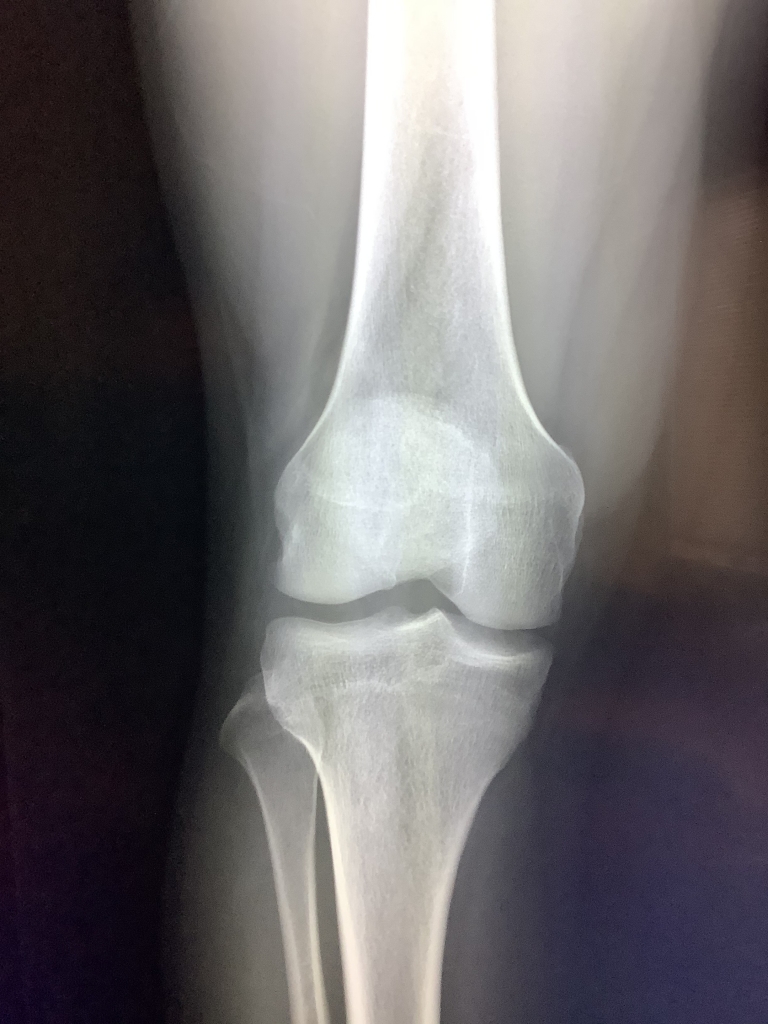Meaning of Can Not Rule Out Some Diagnosis On Imaging Test
Can not rule out something on an imaging test is a phrase that is sometimes used by radiologists. This means that the radiologist is concerned about a diagnosis based on something he is seeing but can not rule it out for some reason. He is alerting the referring doctor that this diagnosis or finding is still a concern. That depending on the clinical findings and history, this diagnosis needs to be considered.
Can not rule out some diagnosis on an imaging test means the radiologist wants the referring physician to reevaluate the patient or to do further testing. That the current test does not end the workup for the diagnosis. An example would be a small bright area on a CT scan of the head near the skull. A bright area on a head CT can be a bleed but it can also be artifact. Artifact means the finding is not a real one. The radiologist is not sure about the possibilities. He may say “can not rule out bleed”, recommend brain MRI. The MRI will be more definite.
Another example happens when a CT scan is done for appendicitis. While the diagnosis is easy in many cases, early appendicitis can be subtle. The appendix may only show a bit of dilation or wall thickening. The radiologist may say the appendix is slightly abnormal. Can not rule out appendicitis. In this case, he is saying not to remove the diagnosis from the possibilities. Watch the patient closely and consider another CT in the next day to see if the appendix changes for the worst.
Another example is with fluid collections in the abdomen after surgery. An example would be after gallbladder surgery. There is some fluid seen where they removed the gallbladder. While this may simply be from surgery, other possibilities like abscess (infected collection) or bile leak are possibilities. Radiologist may state that he can not rule out abscess and bile leak. He is alerting the referring doctors to consider these possibilities and to correlate with how the patient is doing and order more tests.
Can not rule out fracture is sometimes used as well. Bone X-rays can be tricky with all types of benign lucencies (dark areas through bone) and normal variations mimicking breaks in the bone. The radiologist may describe a potential abnormality and state that a fracture can’t be ruled out. In these cases, the referring physician may have to closely reevaluate that area for pain. Fractures hurt! If the spot doesn’t hurt, it’s unlikely to be a break. Another possibility would be to get a CT scan which allows a closer more detailed view of the bones.
Can not rule out a diagnosis on an imaging test simply means that there is a possibility of a certain diagnosis based on some findings on the imaging trust. That it is important for the clinical physician to see if the radiological diagnosis fits. Radiology findings should always be correlated with how the patient is doing and if the diagnosis fits. The radiologist is alerting the referrer to potentially order more testing.

